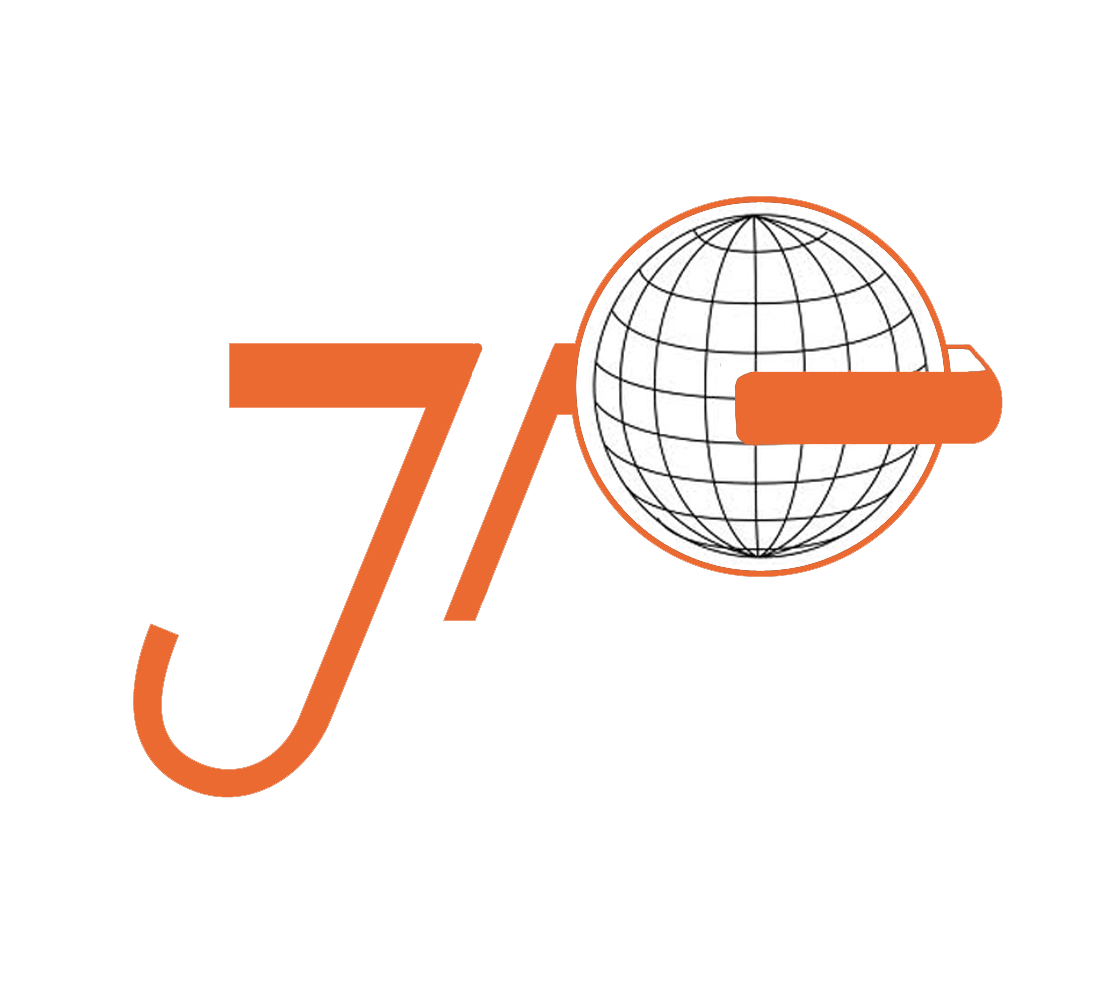The Spanish Search For Lost Ships
The Spanish Search For Lost Ships
This week, archaeologists Carlos León and Beatriz Domingo and naval historian Genoveva Enríquez have combed Spain’s archives and compiled a list of 681 Spanish ships lost off the coasts of multiple Latin American countries as well as Atlantic coast of the United States since 1492.
León has stated that the objective of the project, which is sponsored by Spain’s Culture Ministry, is to help identify and protect shipwreck sites, especially those that have been lost from memory.
“The most famous ships have been investigated,” he said, “but there’s a huge number about which we know absolutely nothing.” The researchers found that more than 90 percent of the ships sank in severe weather, about four percent ran onto reefs or had navigational problems; one percent were sunk during naval engagements with the British, Dutch, or United States; and less than one percent were sunk during pirate attacks.
A group of Spanish academics working with the country's culture ministry to produce the study also found that in many cases the ships were carrying pearls, emeralds, and gold.
The majority of the shipwrecks, a total of 249, were identified off the coast of Cuba; 153 on the bottom of the Atlantic Ocean along the US coast; 66 near Panama; and another 63 around Hispaniola, currently divided between Haiti and the Dominican Republic with nearly 80% of the hulls remaining to be explored.
The Spanish culture ministry said that rather than recovering valuables that may be in the shipwrecks, which would be a time-consuming and costly operation, the current aim of the research is to protect the shipwrecks from sackings or possible incidental damage, with the cooperation of the relevant countries. Each entry has a list of the ship type, the name of its captain, its armament, the number of crew members and passengers, as well as the cargo.
In addition to gold and precious stones, which conjure up images of the most famous pirate legends, many of the ships were also laden with Ming ceramics, tobacco, sugar, vanilla and cocoa, as well as slaves, artillery, books, and alleged relics from Jerusalem.
Fewer than 25 percent of these wrecks have been found to date, León added. The documents also revealed the ships headed toward the New World carried things like religious objects and stones for building churches; tons of mercury to extract gold and silver from New World ores; clothing for slaves; and weapons for putting down local rebellions.
What do you think may have been created had these ships completed their route? Join the conversation below!

